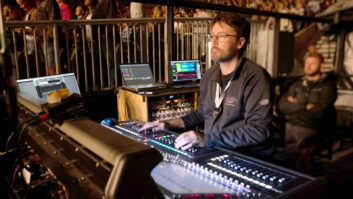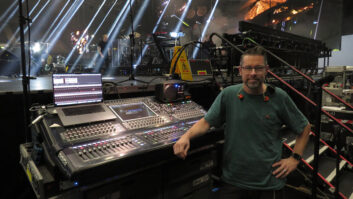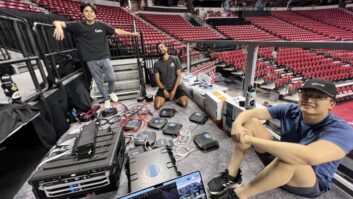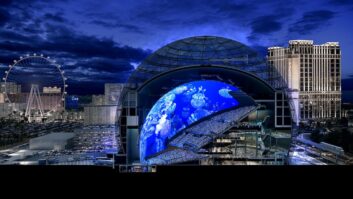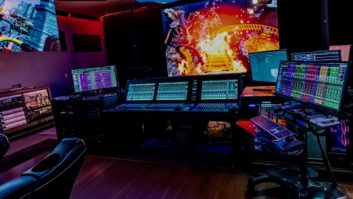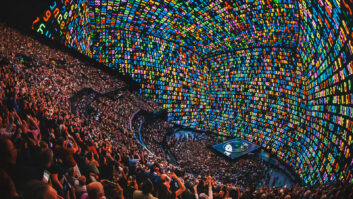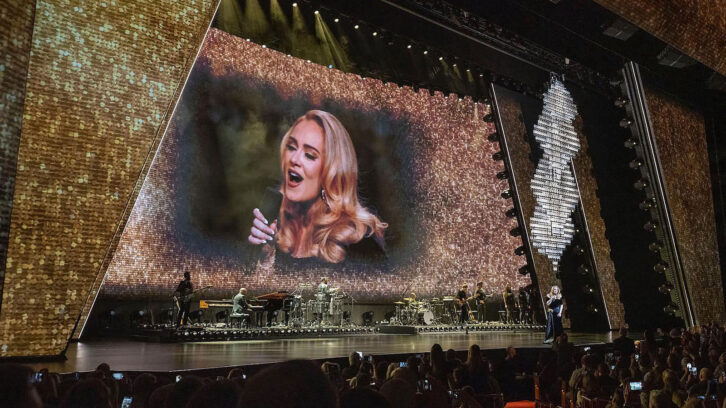
Continuing our deep-dive into how Las Vegas residencies are becoming the proving ground for emerging immersive audio live sound technologies, today we find out how Adele and Aerosmith are using spatial music mixing in their shows. Don’t miss Part 1, which explores the history of Vegas residencies and how Santana pioneered immersive live shows in Sin City!
AEROSMITH, DOLBY LIVE AT PARK MGM
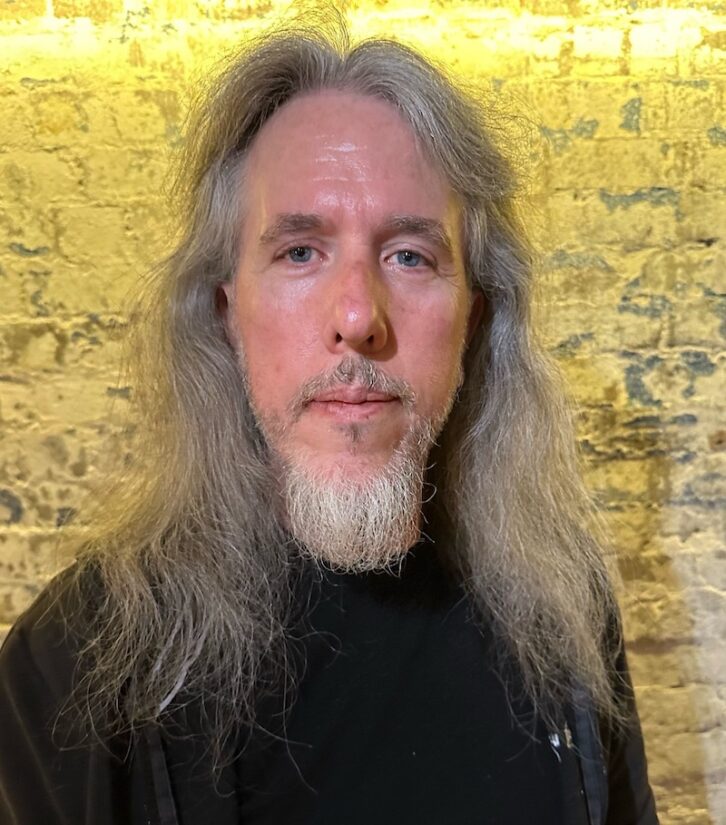
In 2021, Dolby launched the Dolby Live at Park MGM in a renaming deal, expanding the venue’s installed sound system to more than 400 L-Acoustics speakers for optimum audience immersion. The first residency to take advantage of the theater’s Dolby Atmos capabilities was Aerosmith in mid-2022.
“We had rehearsals at Aerosmith’s studio in Boston,” recalls the band’s longtime FOH engineer, John Shipp, who had on-site support from Dolby. “We set up a Dolby Atmos system in the warehouse next to the studio,” using speakers on sticks at the front and the overhead and surround speakers on a box truss. “They shot the room and frequency-matched the response for the Dolby system, then we built a file as they were teaching me the control GUI on an iPad.”
He presumed that his rehearsal mix would likely not translate to Dolby Live off the bat, but it did.
“We loaded into the theater, had maybe a day of rehearsals, and there was not much tweaking to do,” he says. “It was very impressive. The amazing thing about this Dolby system is that it doesn’t matter how big or small the setup is; it’s going to translate, just because of the way that the architecture is built.”
Shipp had originally planned to anchor the drums in his bed channels, but during rehearsals, Sebastien Pallisso-Poux, Dolby’s senior industry relations specialist, made a suggestion.
“He said, ‘If you put something in the sides, it’s in all the sides. Try picking the drums as objects,’” Shipp says. “I was able to push stuff out to the sides of the theater without losing the pocket. That’s some black magic stuff! The kick and snare are in the bed, but the toms go from hard left to hard right. With the size and the number of speakers, you really hear the drum rolls go from one side to the other.”
As many FOH engineers working with the new immersive platforms have found, unless they are mixing a heavily automated pop show, it can be useful to have a pair of helping hands.
“A prime example is ‘Sweet Emotion,’ with the talkbox,” Shipp says. “My tech grabs [guitarist] Joe Perry’s vocal mic object on the GUI and will spin him around while I’m taking care of Tom [Hamilton]’s bass. So it can be a two-man job. It’s really cool having Joe’s vocal sweep around the room.”
With so many speakers being energized, it’s not easy keeping a lid on the levels, Shipp admits. “I have an old-school band, and one of our principals is not on ears. He just likes volume, and a lot of it. It’s not uncomfortable—right about 103 dB—but that’s a rock show.”
Plus, he notes, “The Dolby Live theater is really well-treated. It’s not just the speaker deployment; acoustically, it’s a really good room. It’s not live; it’s not bouncy; there aren’t frequencies hanging around all day long. I can do a 103[dB] show in a smaller theater and it doesn’t seem that loud.”
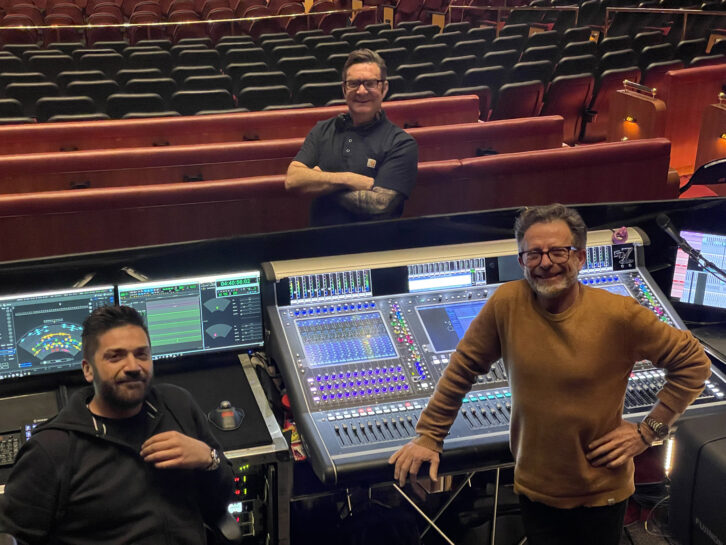
ADELE, THE COLOSSEUM AT CAESARS PALACE
The Colosseum at Caesars Palace has been on the forefront of entertainment production technologies since Céline began her 16-year engagement at the custom-built theater in 2003. For Adele’s recent residency, which ended in March, her FOH engineer, Dave Bracey, who has worked with Adele for the past decade, and Johnny Keirle, the production system engineer, opted to bring in an L-Acoustics L-ISA fully immersive sound system provided by Clair Global.
The pair have a unique collaborative relationship, with Keirle also having creative input into the show, handling the L-ISA immersive movements and snapshots while Bracey mixes the vocals, band and orchestra.
“We jointly make decisions on what we want to do from an immersive point of view,” Bracey says. “I would never have been able to do it on my own. Concentrating on a mix is a full-time job for me.”
Some songs have one snapshot, others may have 10, he explains, triggered manually or from OSC commands or driven from a DAW. For instance, a few times during the show, “[Adele] is walking across the stage into the audience and he tracks her manually.”
That said, they are not generally mapping the L-ISA spatial mix to match the locations of the musicians on stage. For one thing, Bracey says, “There’s a load of songs where you don’t see the band at all. And there’s a 24-piece string section playing in about three songs before you see them for the first time.
“If a song has really prominent background vocal parts, a call-and-response type of thing, they get positioned where they are located on stage. Sometimes the drums sound good spread across the whole stage, but sometimes they sound good when they’re in a little pocket, just off-center, where he really is, so it’s content-dependent.”
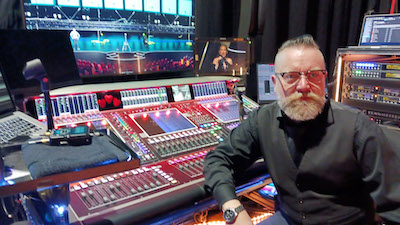
For Bracey, mixing with L-ISA for the first time over an extended run has been an eye-opener. For a start, he says, “You’re not trying to EQ something to squeeze it into a mix anymore. You’re positioning it where it’s got a little bit of space for itself, and then you do a tiny bit of EQ to it—so even though I’m saying it would have been too big a job for me to do on my own, it has also made my job of mixing easier and more satisfying.”
Bracey estimates that better than 90 percent of the Colosseum audience can experience the immersive soundfield. “As you move around the room or from side to side, the mix will be slightly different, but it doesn’t really matter because the whole thing sounds more engaging. I wouldn’t have been able to say this three months ago, but I now think that, in a venue of that shape, anyone would benefit from L-ISA.”
With the first break in the residency coming up, Bracey says, “We’ve structured things in a way that allows us to leave a lot of equipment in. We can fly some of our P.A. hangs out of the way, because there’s extraordinary height available, and they can just put their house system back in. In an ideal world, everyone would just agree to use our system, but it never really works out that way!”
